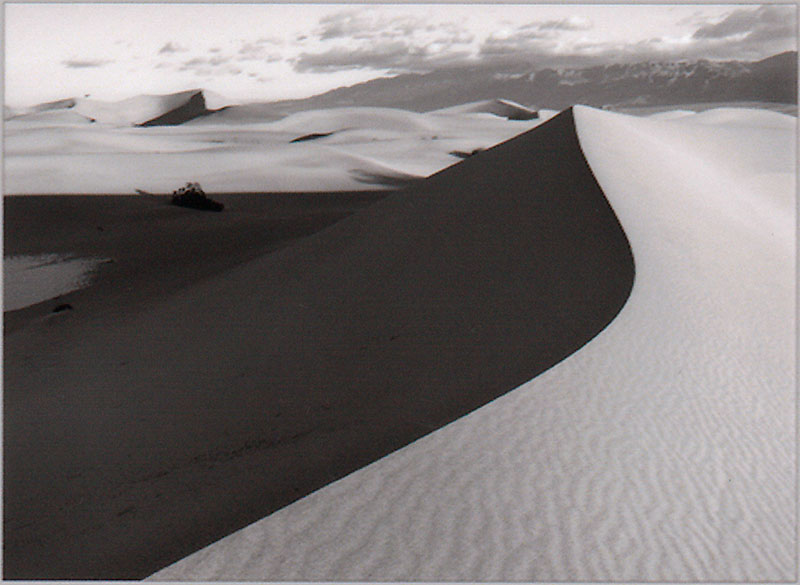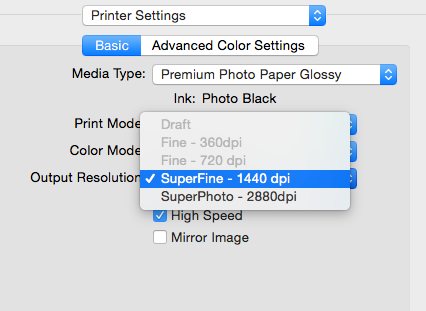
We’re also impressed with Epson’s new, ePlaten™, automatic loading and tracking, media technology. Close examination proves the dot placement and shape is accurate and consistent.


The printer can produce output resolutions ranging from a draft mode of 360 x 360 dpi up to 2,880 x 1,440 dpi. The system comprises a 10-channel, 360-nozzle (per channel) printhead that produces variable-sized droplets down to 3.5 picoliters. However, the 9900 uses Epson’s new, MicroPiezo TFP (thin film piezo) printhead technology. Traditionally, Epson has installed MicroPiezo-based, inkjet heads in its photo printers. (diagonal) color, LCD control-panel screen displays job status and provides configuration information and 10 convenient buttons provide additional controls, menu navigation, job deletion, ink cartridge replacement access and more. If you expect long production runs, choose the optional take-up winder (available on the 44-in.

The package includes both a USB 2.0 and 10/100 Ethernet port. deep and weighs 256 lbs., including the stand and catch basket.
EPSON SUPERFINE SUPERPHOTO PRO
(A 24-in.-wide model, the Epson Stylus Pro 7900, is also available.) wide and can handle both roll and cut-sheet media. The Epson Stylus Pro 9900 is a beefy machine, built for serious production printing. Intrigued? Keep reading, to learn more about the Epson Stylus Pro 9900 printer. And, when compared to solvent or UV-cure printer prices, these printers are a good, economical choice for high-quality, indoor graphics. If so, they – you – know Epson printers have a great reputation.Įpson has developed a line of professional, wide-format printers for producing high-quality, indoor signs, photo enlargements and similar graphics. However, we suspect that many signmakers are using Epson’s other printers for digital photos or presentation drawings. We’ve reviewed numerous printers over the years, but we haven’t reviewed an Epson, aqueous-ink printer. The best solution has been to use our aqueous-based, inkjet printer. Our shop prints many images on paper, and, although it may seem easy, we’ve found it difficult to produce paper-media images with a UV-cure or solvent-ink printer. if your printer can’t produce the correct colors, or if banding or dithered artifacts are evident, say goodbye to that market. Weather-resistant images are best made with either a UV-cure or a solvent-ink printer, but, will you and your fussy customer be satisfied with the print quality? Perhaps, yes, but. Our point: A digitally printed image doesn’t always have to be weatherproof. Meaning, do you print – or want to print – POP signs for retail stores, tradeshow graphics, wall murals or images for other, indoor events? Do your customers ever want a photo enlarged to a poster size, for a birthday, an anniversary, or an office announcement? What about printing presentation images or architectural (or sign proposal) renderings? Question: If your shop produces large-format, digital images, the prints must be light stable, with an (acceptable) outdoor fade rate, right?Īnswer: It depends on your market.


 0 kommentar(er)
0 kommentar(er)
